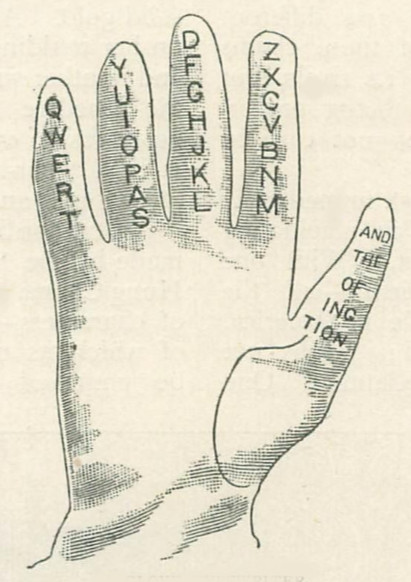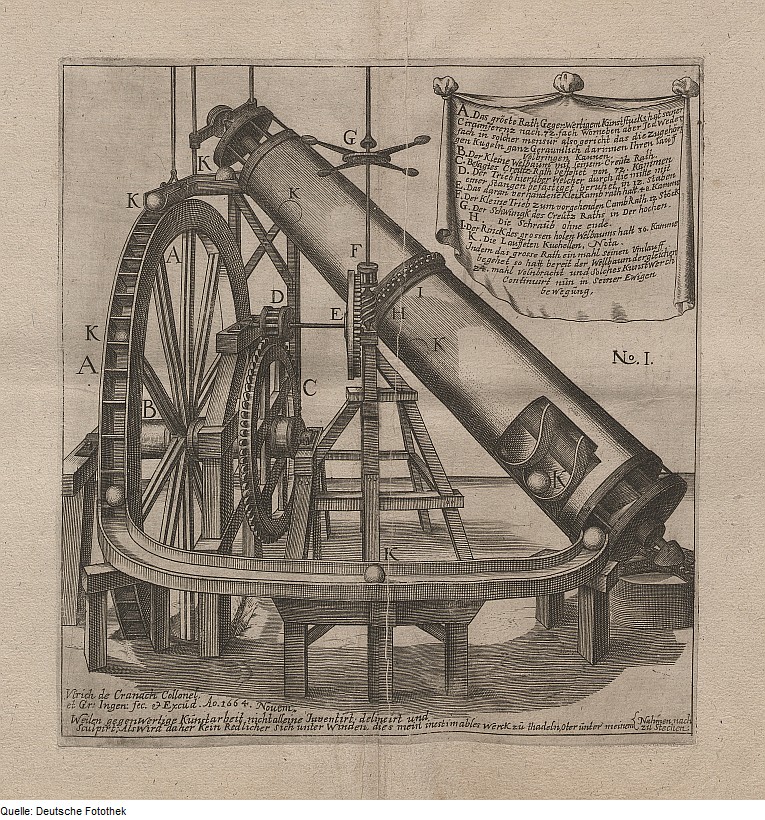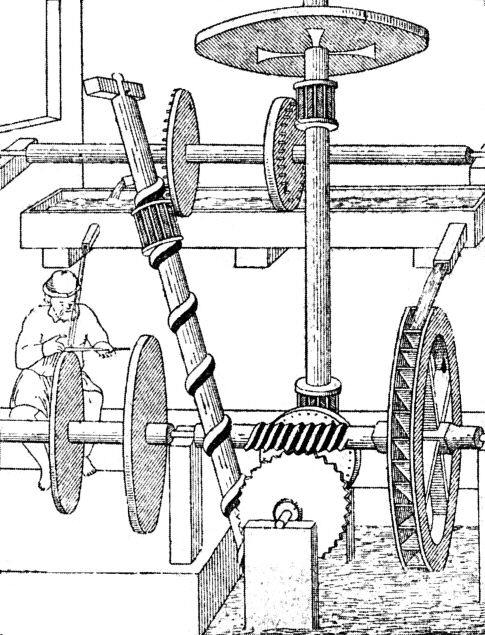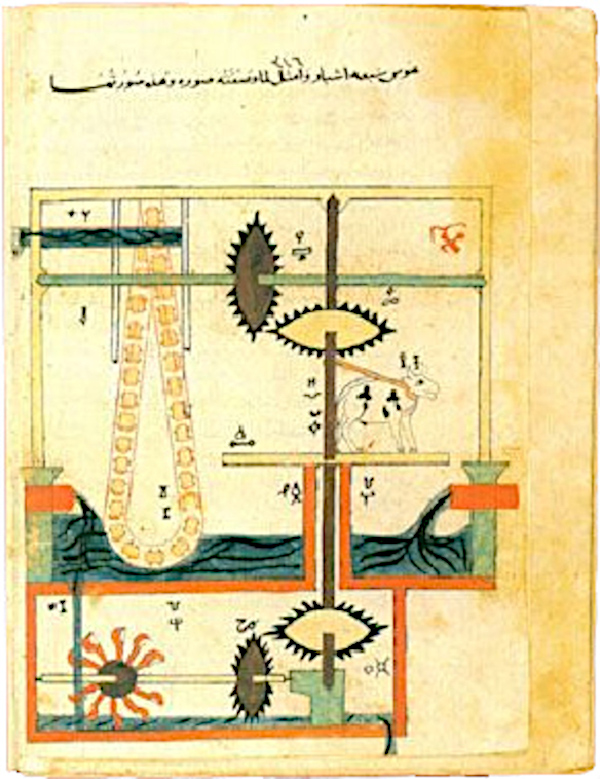After watching Inuit drag a heavy boat out of the water on “rollers” of inflated seal hides, California inventor William Albee devised a baglike tire 5 to 9 feet long and 2.5 feet in diameter. Tires that size can gain traction on almost any terrain, and when inflated to a low pressure they’ll envelop large obstacles without suffering damage.
Strikingly, Life noted, “They will also envelop a man without damaging him, spreading the 3,000 pounds of weight over such an area that the running over gives him about the same sensation as a vigorous massage.”
The Navy and Army experimented with the tires in 1951; eventually they were adopted by the oil industry, which uses them to traverse the tundra of Canada and Alaska without getting stuck or damaging vulnerable plants.









